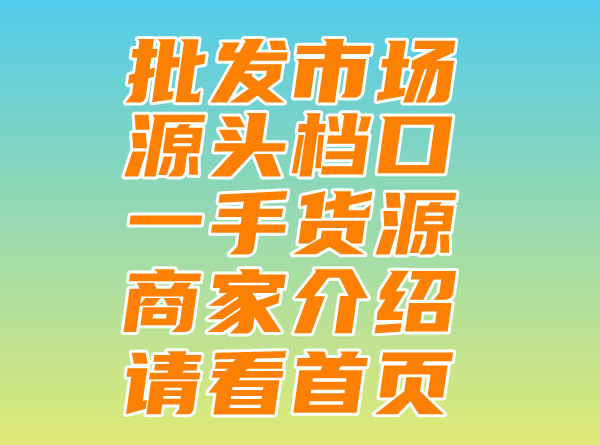Luxury Product Anti-Replication Measures
Luxury Product Anti-Replication Measures,
Luxury Goods Anti-Replication Measures
In today's global market, luxury goods hold a significant value for both consumers and manufacturers. These premium products are often symbols of status, quality, and uniqueness, which often lead to high demand and consequently increased instances of counterfeit items. The luxury industry, therefore, must take proactive measures to combat the threat of replication and protect its brand reputation and consumer interests.
Enhanced Product Authentication
One of the primary strategies in preventing the replication of luxury goods is through improved product authentication. Manufacturers can incorporate unique identification features into their designs, such as specialized logos, serial numbers, or micro-engraved information. These features are difficult to replicate and provide a reliable way for customers to verify the authenticity of the product. Furthermore, utilizing advanced manufacturing techniques like 3D printing or exclusive materials in production adds another layer of complexity to imitation.
Integrated Digital Solutions for Traceability
The advent of technology offers numerous solutions to combat the issue of counterfeit luxury goods. Implementing a robust traceability system is crucial. By integrating digital technologies like blockchain, manufacturers can track the entire lifecycle of their products, from production to distribution. This transparency enables them to identify any unauthorized transactions or replicated items early on. Additionally, the use of QR codes on products allows customers to verify the authenticity directly through their smartphones, providing them with an additional layer of security and trust.
Enhanced Partnerships and Collaboration
The fight against luxury goods replication also requires a strong collaboration between manufacturers, law enforcement agencies, and global customs departments. Manufacturers should work closely with these organizations to share information about fraudulent activities and trends, allowing for proactive measures to be taken against such activities. Additionally, cross-border cooperation becomes crucial in tackling international counterfeit operations that often span multiple countries.
Consumer Education and Awareness
Empowering consumers with knowledge about luxury goods replication is equally important. Educating them about the signs of counterfeit products, common fraudulent practices, and proper product authentication techniques can help reduce the demand for such items. By providing customers with information on how to protect themselves from buying fake goods, they become part of the anti-replication effort, thus creating a strong line of defense against the spread of counterfeits.
In conclusion, the fight against luxury goods replication requires a multi-faceted approach that involves advanced product authentication techniques, digital traceability systems, partnerships with law enforcement agencies, cross-border cooperation, and consumer education. By implementing these measures effectively, the luxury industry can safeguard its brand reputation and uphold the value of its premium products for both its customers and manufacturers.

- Luxury Belt High-Quality Replicas: A Guide to Discernment and Selection.
- How to Sell Fake Luxury Goods: A Guide to Selling High-End Imitations Profitably
- Luxury Men's Fashion Brands Replica vX Guide
- Famous Luxury Bag Replicas: A Guide to Quality Fake Designer Bags
- Faux Luxury Belt Style: Mimicking High-End Glamour 这个标题很好地涵盖了“仿大牌奢侈品腰带”这一主题,同时简洁易懂,易于吸引读者的注意力。
- Luxury Replica Distribution Channels: An Examination of the Market.
- Title: Chinese Replica Luxury Jewelry Brands: Embracing Glamour and Quality 这个标题简洁明了地涵盖了关键词,同时使用了吸引人的语言来突出中国仿奢侈珠宝的品牌魅力与品质。
- Luxury High-End Replicas: Profitability and Prospects 这个标题简洁明了地表达了关于奢侈品高仿利润的主题,同时使用了关键词“奢侈品高仿利润”,并增加了“前景”这一相关内容,以吸引读者的兴趣。


